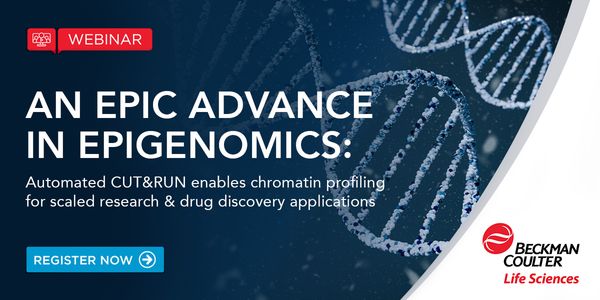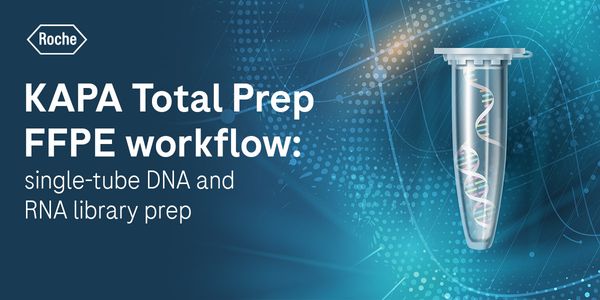Optimizing homology-directed repair (HDR) results with CRISPR-Cas9
-
John Schiel, Ph.D.
Research Scientist at Dharmacon, part of GE HealthcareBIOGRAPHY
CRISPR-Cas9 has increased the accessibility of genome engineering due to its ease of use and ability to cause double strand breaks (DSBs) at almost any locus of interest. DSBs are repaired in cells by two predominant pathways: non-homologous end joining (NHEJ) and homology-directed repair (HDR). Endogenous repair of DSBs using the NHEJ pathway typically results in functional protein disruption (knockout) whereas the HDR pathway can be used to introduce exogenous genetic content (knockin). During this webinar we will focus on the utility of a synthetic dual RNA approach to apply CRISPR-Cas9 to HDR genomic engineering applications and will provide guidelines for improving CRISPR Cas9-assisted HDR. We will also discuss the use of short single-stranded DNA as a donor template for small insertions as well as plasmid DNA donor templates for large insertions. Lastly, we outline methods for characterization of HDR-generated cell lines for precise genomic engineering.
Optimizing homology-directed repair (HDR) results with CRISPR-Cas9
Please update your information
Certificate of Attendance
DOWNLOAD CERTIFICATE
Finish Registering
-
APR 30, 2024Immuno-Oncology Virtual Event Series 2024
-
MAY 07, 20243rd International Biosecurity Virtual Symposium
-
JUN 06, 2024The Future of Scientific Conferencing
- See More
-
APR 19, 2024
-
APR 19, 2024
- See More












































